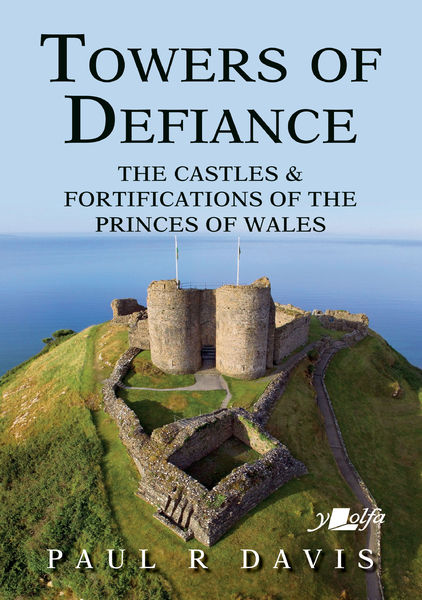Castles of the Welsh princes celebrated in new book
“The number of castles in this country is undeniably large and clearly highlights the ruthless drive and greed for land that imbued the Norman spirit. It also reflects the stubborn resistance of the Welsh to subjugation by foreign invaders. While the kingdoms of Anglo-Saxon England swiftly crumbled to the Norman onslaught, the native lords and princes of Wales retained their independence for a further 220 years,” says author Paul R. Davis, adding:
“Every year, tens of thousands of visitors explore the imposing ruins of Caernarfon, Chepstow, Conwy, Harlech, Kidwelly and Pembroke – to name just a few. Yet these great edifices were built by English invaders to subjugate the rightful inhabitants of the land, and their fame has tended to diminish the deserved recognition of the strongholds built by the native princes themselves.”
The fortifications that the Welsh princes built to repel the invader, and bolster their own power amongst their turbulent countrymen, are explored in detail here. Plans, reconstruction drawings and aerial photographs are used to visualise the architecture and archaeology of these native strongholds, and the text examines why they were built, the reasons for their distinctive designs, and the often violent history of the leaders who built them. The book is divided into three parts, a historical introduction, an architectural introduction and a gazetteer of sites that looks at all the known and presumed native fortifications.
“Towers of Defiance explores the history and evolution of the Welsh castle in the years when the native rulers held sway. A castle had many roles within its overreaching function. It was a lordly stronghold that signalled the authority and wealth of its owner and reflected his status in contemporary society. In times of war it was a rallying point of military action. In peace it was his residence, an administrative centre to manage the surrounding estate, a place to gather tolls and taxes, even a courthouse and prison. In the turbulent age when the native princes were struggling against the Anglo-Norman invaders, castles were fundamentally defensive strongholds designed to overawe, intimidate and repel,” said Paul R. Davis.